Historically Black college and university presidents: Personal and professional challenges, career paths, and leadership characteristics
Abstract
Personal and professional challenges, career paths, and leadership characteristics of presidents of historically Black colleges and universities (HBCU) were investigated in this mixed methods study. Bolman and Deal's (1984) four-frame model of leadership served as the conceptual framework for the study and was the source of data collection instruments for this study. Within the model, four primary orientations of leadership were identified: (a) structural, (b) human resources, (c) political, and (d) symbolic. Of the existing 104 HBCUs, 22 HBCU executive officers (presidents, chancellors) completed the LOI-S questionnaire and participated in interviews. Findings indicated that the dominant leadership frame used by HBCU presidents was the symbolic frame. This suggested an emphasis on ceremony, ritual, and culture rather than a focus on guidelines and policies. Findings did not reveal a singular road to leadership but eclectic pathways to the office of the presidency. Participants did reveal similar patterns of personal and professional challenges. The implications of this research include (a) the development of educational leadership programs; (b) recognition of the strong ties to symbolism in higher education and (c) and the awareness of the culture of various types of colleges and universities.
Subject Area
African American Studies|Black studies|Higher Education Administration|Educational leadership|Higher education
Recommended Citation
Herring, Paquita M, "Historically Black college and university presidents: Personal and professional challenges, career paths, and leadership characteristics" (2010). ETD Collection for Fayetteville State University. AAI3464548.
https://digitalcommons.uncfsu.edu/dissertations/AAI3464548

